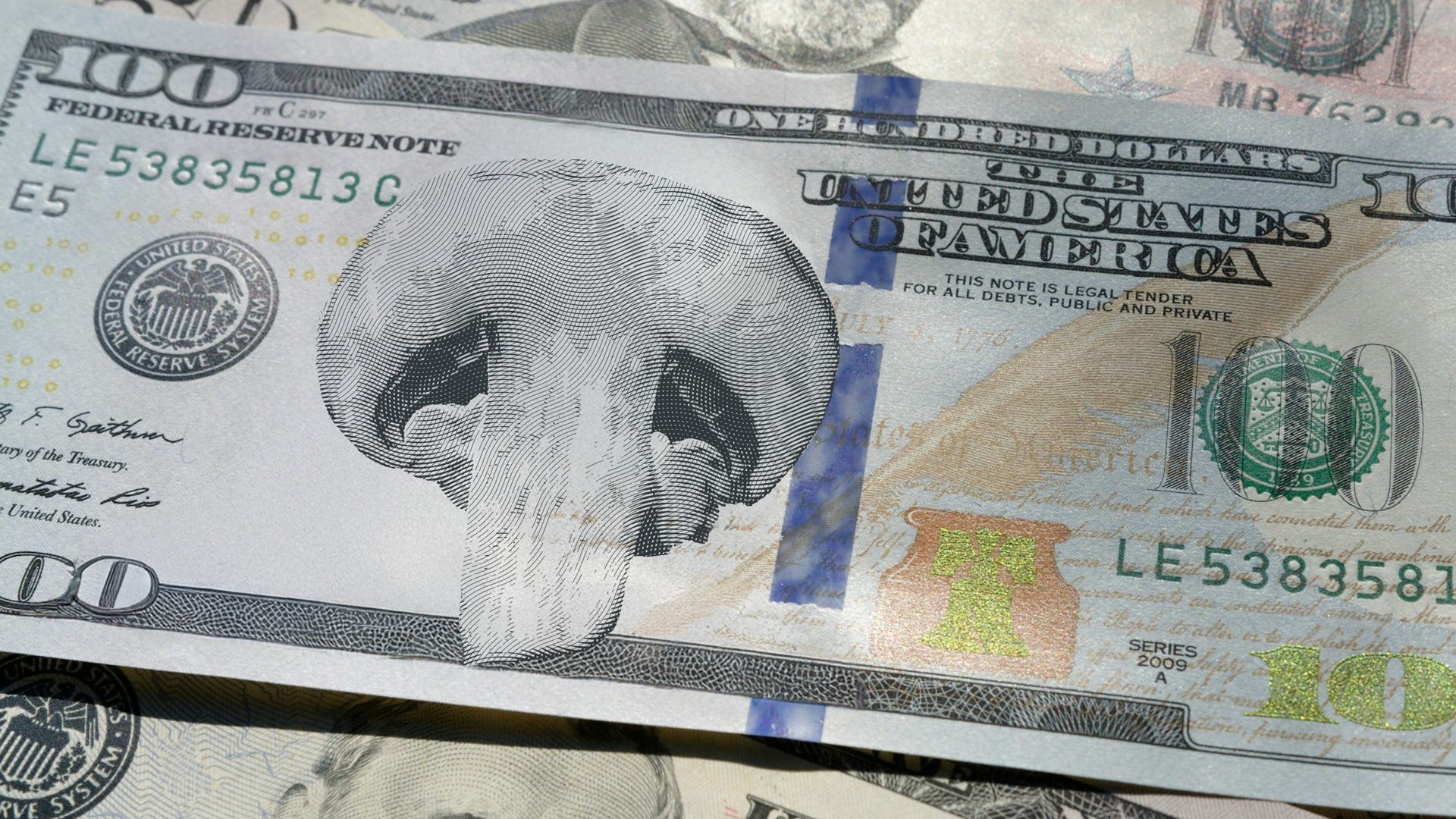The last five years have not been a particularly easy time to be a retailer. But Costco has made it look easy.
A global pandemic was followed by massive disruptions to supply chains. Costco simply kept building more stores, adding more members, and driving higher sales. In late 2021, inflation spiked sharply at the same time many Americans began shifting their spending back to experiences and away from goods. The combination seemed dangerous for Costco; yet in the 2023 fiscal year (ending August), the company posted same-store sales growth over 10% and grew membership revenue by 9%.
Moreover, 2025 seemed like a potentially difficult year. For several quarters, retailers (and manufacturers) of all stripes have been talking up an uneven macroeconomic environment and challenged consumers. Tariffs announced in early April only added to the uncertainty.
But on Thursday, Costco delivered results from yet another impressive fiscal year. U.S. same-store sales (excluding fuel) rose 6% in the fourth quarter and 7.3% for the full year. Membership income again grew double-digits (albeit with some help from a fee increase that, per management, drove a bit over half the 14% increase in Q4). Perhaps most impressively, Costco managed to increase its gross margin year-over-year in Q4 despite the effect of tariffs and a charge related to inventory accounting.
Including dividends, Costco now has returned 195% over the past five years, and 675% over the past decade. Shares are up more than 500-fold since the company’s 1985 initial public offering. Costco is now the 21st-most valuable company listed on U.S. exchanges.
And at this point, it’s difficult to see what stops Costco. Competition is always a concern in retail, but neither Walmart unit Sam’s Club nor smaller rival BJ’s Wholesale Club appear to have had any impact on Costco’s growth. That’s not a knock on either company: both Sam’s and BJ’s are executing incredibly well.
Nor is there necessarily a ceiling on Costco’s reach. The company does have a presence across the U.S. at this point, with nearly 700 stores across 49 states (Wyoming is the lone exception). But in fiscal 2026, Costco still plans to build around 20 new stores domestically. On the fourth quarter call, an analyst raised concerns about “cannibalization”, in which new stores simply take sales from existing stores. CFO Gary Millerchip responded that the new stores were actually meant to “relieve some of the pressure in some of our busier warehouses.” In other words, new Costcos are going up because a good number of existing locations essentially are at capacity.
Even tariffs, an issue even for Walmart, has provided barely a speed bump for Costco.
Millerchip noted in his prepared remarks that because Costco has a much lower SKU (stock keeping unit) count than traditional rivals, it can manage tariffs much more easily: if tariffs make a good too expensive, the company simply doesn’t have to carry it. Indeed, management noted that the holiday assortment this year was likely to be much different, with saunas and furniture replacing traditional (but Chinese-manufactured) holiday items. And with tariffs relatively immaterial in most food categories, the grocery side of the business continues to sail along.
As far as the business goes, it’s difficult to find much to worry about. Membership fee growth will slow without another price hike, and Q4 results did get a modest boost (about a percentage point) from expanded store hours. But members keep growing, and quietly Costco has managed to tweak its business model over the past decade. In fiscal 2015, 70% of the company’s operating profit came from membership fees; the operating profit margin on merchandise sales was just 1%. Ten years later, merchandise drives about half of profit, with margins climbing up toward the 2% level. That shift is in part responsible for the fact that operating profit has nearly tripled over that period.
In that context, it might perhaps seem strange that Costco stock dipped modestly in after-hours trading, and that shares have underperformed over the last year (returning just over 3% against 17% for the Standard & Poor’s 500). But the stock does have one key problem: it’s incredibly expensive. Costco shares currently trade at 47 times analyst estimates for fiscal 2026 earnings per share. That’s a sharp premium to Walmart’s 35x, a multiple which itself is the highest in more than two decades.
With so many drivers for growth — domestic and international expansion, same-store membership increases, higher margins — Costco does merit a premium multiple. It’s a testament to the strength of the underlying business that the debate in the market is not over whether Costco stock should be expensive, but rather how expensive it ought to be.
Vince Martin is an analyst and author whose work has appeared on multiple financial industry websites for more than a decade; he’s currently the lead writer for Wall Street & Main. He has no positions in any securities mentioned.
The Food Institute Podcast
How can a food industry trade show spark global culinary creativity? Anuga’s JP Hartmann, U.S. Consul General Preeti Shah, and World Food Championships’ Nikki Jackson share their perspectives on how the U.S. presence at Anuga 2025 is helping to bridge culinary experiences together.










